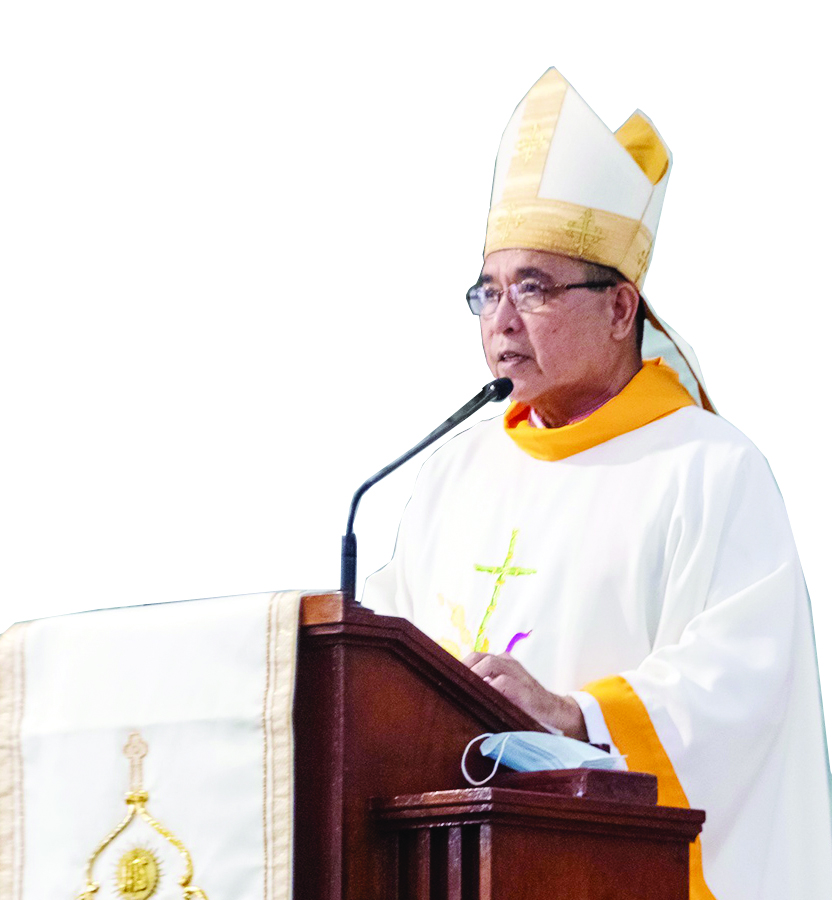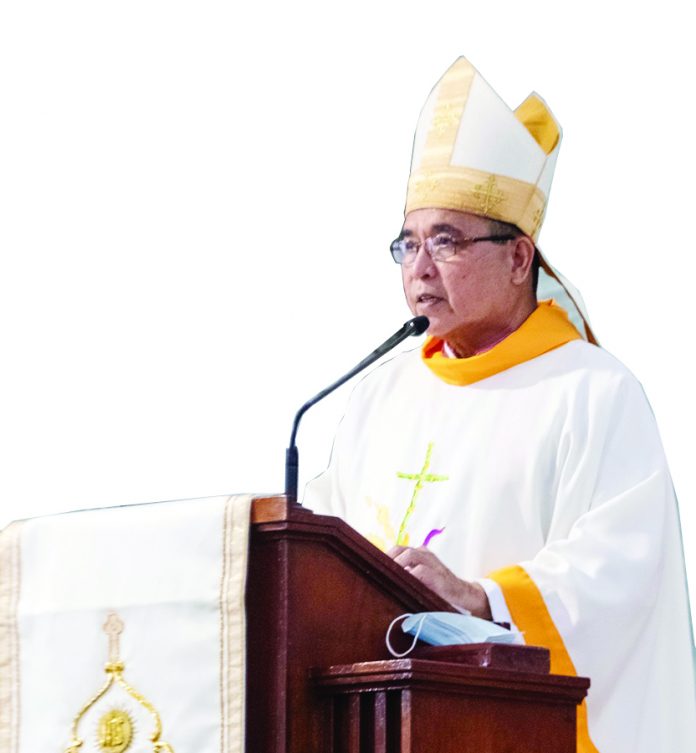
(PHOTO COURTESY)
TACLOBAN CITY— Bishop Crispin Varquez of the Diocese of Borongan has called on the faithful to confront the country’s continuing social ills — including poverty, injustice, and corruption — as the diocese marked its 65th founding anniversary on Wednesday, Oct. 22.
In his pastoral message titled “Have Loved You with an Everlasting Love” (Jer. 31:3), issued on the occasion of the diocese’s milestone celebration, Bishop Varquez reminded the clergy and laity alike that their mission as a Church goes beyond worship, urging them to “be the hands and feet of Christ” in addressing the problems that plague Filipino society today.
“Our current realities present many challenges to us. The continuing scourge of poverty and injustice, the scandal of corruption and lack of accountability offer us an opportunity to give witness to the Gospel,” Bishop Varquez said.
He urged the Church in Eastern Samar to actively promote justice, peace, human dignity, and care for creation, describing these as integral to living out the Gospel in contemporary times.
“We are called to be a Church that listens and responds, a Church that walks alongside our people,” he said, adding that even small acts done “with great love,” echoing St. Mother Teresa, can make a difference.
The prelate’s message, released as part of the diocese’s theme “Graced 65 Years: Together let us Honor the Past, Serve the Present, and Embrace the Future,” also reflected on the faith journey of the local Church, founded in 1959.
Bishop Varquez paid tribute to the early missionaries and leaders who helped build the diocese, acknowledging their sacrifices and faith that “continue to bear fruit in the thriving Church we have become.”
He also called for unity and hope as the diocese moves forward amid uncertainty, drawing inspiration from Scripture: “‘For I know the plans I have for you,’ declares the Lord, ‘plans to prosper you and not to harm you, plans to give you hope and a future’” (Jeremiah 29:11).
The Diocese of Borongan, which serves the entire province of Eastern Samar, was established on October 22, 1959, through the apostolic constitution Cum Ecclesia Catholica issued by Pope John XXIII.
(JOEY A. GABIETA)





